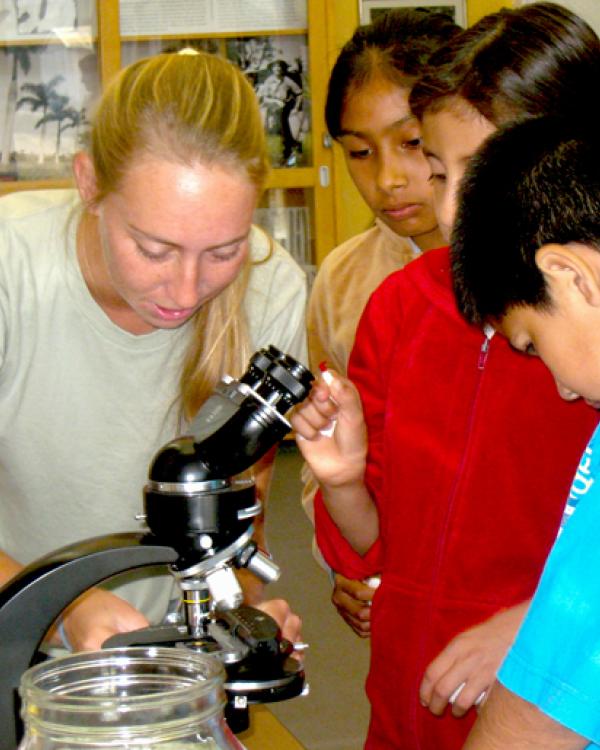
UC Santa Barbara, and in particular the university’s Gevirtz Graduate School of Education, has joined the 100Kin10 network—a group of over 280 partner organizations working to answer the President's call to recruit and support 100,000 new, qualified science, technology, engineering, and math (STEM) teachers nationwide. The 100Kin10 partnership brings together the country’s top businesses, nonprofits, foundations, and academic institutions to collaborate on solving problems pertaining to the STEM teacher shortage in the US.
Organizations are accepted as 100Kin10 partners following a rigorous vetting process conducted by a team of partner reviewers and a national selection panel of experts in education and STEM. Applicants are considered for partnership based on their organizational strength and STEM and teaching expertise; clear, meaningful commitments toward the 100,000 STEM teacher goal; and dedication to building the 100Kin10 movement.
The Gevirtz School was chosen because of its excellent proposed work to recruit transfer students and focus on training teachers to serve English Language Learners. UC Santa Barbara is contributing to the effort by preparing 123 secondary mathematics and science teachers to teach in California by 2021. Additionally, the Science and Mathematics Education Minor Tracks will help to recruit 188 secondary and 90 elementary prospective teachers. The 100Kin10 network has already greatly impacted the STEM teacher crisis by training over 28,000 STEM educators in the first 4 years of the initiative.
“STEM is at the core of the most pressing challenges of the 21st century. To solve them, we need to activate all the brainpower and diverse experiences of our nation’s most precious natural resource: its people. Without excellent STEM teachers inspiring all of our nation’s youth, this challenge will continue to allude us,” said 100Kin10 co-founder and Executive Director Talia Milgrom-Elcott. “100Kin10 partners are bringing their individual passion, strengths, ideas, and resources to create solutions and together forge a path forward to reach the goal of 100,000 excellent STEM teachers.”